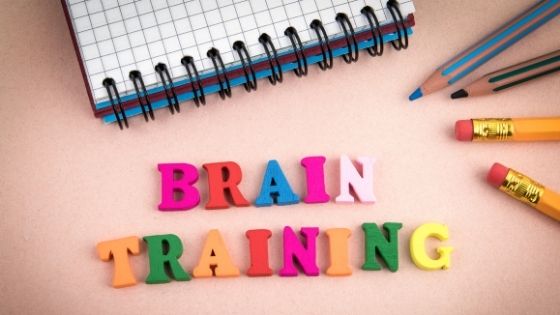Of late, “brain training” has evolved as one of the most popular options by parents who want their children to become super-kids. Did you know that the brain training industry may grow to USD 13.56 billion by 2020-2024?
But, how do you know if these brain training programs are effective? More importantly, what effect do they have on kids with Attention Deficit Hyperactivity Disorder (ADHD)?
What Is Meant By Brain Training?
Brain training is accomplished with a comprehensive set of programs, exercises, puzzles, solutions, or tools to enhance the brain’s performance. These brain training programs help change the brain’s structure, altering its waves and improving memory power and processing speed.
Experts believe that the brain is malleable and can be altered by exercise and experience because of the brain’s neuroplasticity. Brain training helps enhance brain skills through exercise and practice.
How brain training helps kids with ADHD
Millions of children are affected by the chronic condition known as ADHD, characterized by difficulty focusing or giving attention to a task, impulsive behavior, and hyperactivity. Brain training programs focus on cognitive training or offering neurofeedback to kids with ADHD.
Neurofeedback refers to capitalizing on the brain’s malleability through intense practice to alter the brainwave activity. The goal is to increase the ratio of fast brain waves, enhance focus, and gain better impulse control. With impulsivity being one of the main symptoms of ADHD, brain training programs treat these symptoms through focused training.
The Benefits of Brain Training
Research studies indicate extensive evidence that brain training exercises or programs improve performance on trained tasks. Neurofeedback was used as early as 1970 on patients with ADHD to help enhance their brain power. Researchers found that improvements in the brainwaves resulted in improved behavior, leading to better focus, decreased impulsivity, and a marked reduction in distractibility, which is one of the main drawbacks with patients with ADHD.
Neurofeedback, also known as biofeedback, teaches ADHD patients to alter their physiological activity based on vital biological data, including breathing rate, heart function, and muscle activity.
A typical neurofeedback session involves the monitoring of the patient’s brain waves with scalp sensors. These sensors track the brain’s activity and record it for the therapist, who studies how the brain waves attain an optimal level. The primary purpose of neurofeedback sessions is to enhance the brain’s beta waves capacity, simultaneously diminishing delta and theta ‘frequency.
How Cognitive and Memory Training Help
Cognitive training exercises help develop specific skills like focusing, comprehending, problem-solving, etc. All these are fine-tuned through brain training games and exercises. Several brain-training computer games are designed to be used by the patients in their homes.
Memory training is another cognitive training activity that helps enhance a specific skill, which may be crucial for learning. Such memory enhancement programs are commonly used to treat ADHD patients whose primary problem is working memory.
Summing it Up
Although brain training programs have been around for a while, research establishing its efficacy is still on. While such programs help enhance memory and cognitive skills, they may not offer a complete cure for ADHD.




















